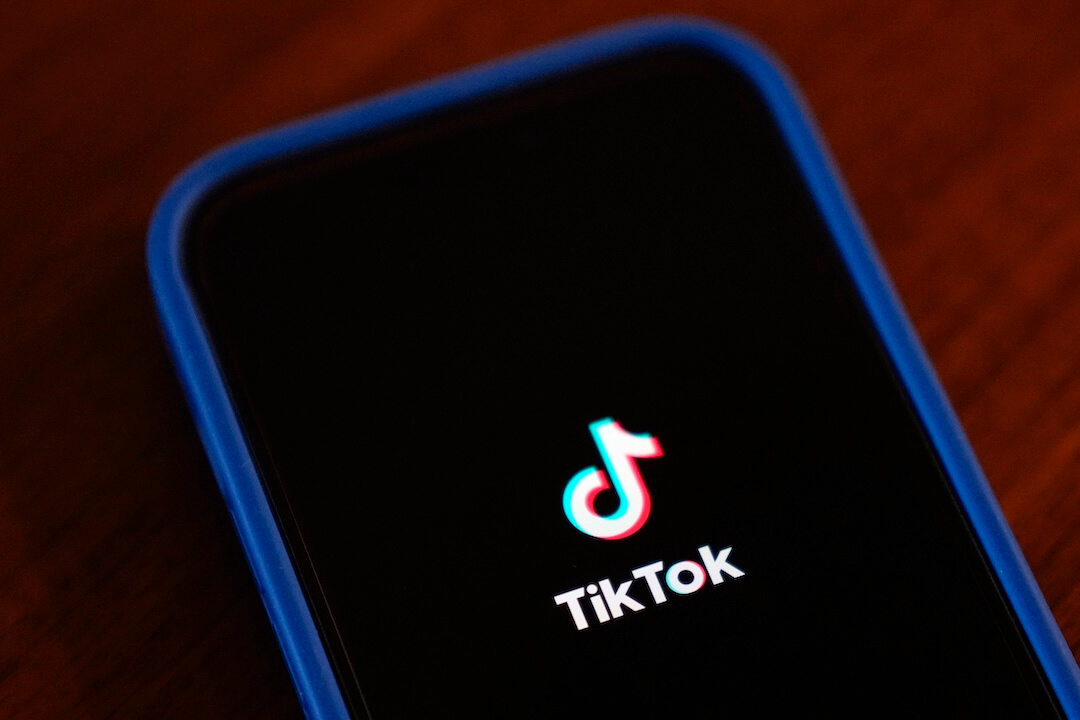My first day working from home during the pandemic was March 10, 2020.
A little over a week earlier, Washington state had made national news when it announced the first U.S. coronavirus death. Seattle’s big tech companies started allowing workers to stay home while we were still in the newsroom, and soon enough, it became clear that we were living in the pandemic’s first epicenter.
My Instagram archive shows that I documented my run after work on that first remote day, writing that I was “going stir crazy sitting at home.” There were a lot of things I couldn’t have imagined about the pandemic then, but one of the biggest: how fundamentally it would change the way we work, and that many of us would still be “sitting at home” a year later.
There are plenty of fun things I miss about working in The Seattle Times newsroom: wandering back to the features department to snack on their team’s food and chat with a friend, walking to get coffee with colleagues on sunny days, sneaking in a game of ping-pong with a colleague to clear our minds.
But mostly, I miss learning from working alongside my colleagues — the informal, unplanned lessons and collaborations that can’t be replicated over Zoom. There are a handful of new coworkers I’ve never met in person, and probably won’t for months to come.
As the work-from-home period stretches on, I was especially excited to see a recent feature in Nieman Reports: “With the loss of physical newsrooms, how are young journalists faring?”
Working remotely presents unique challenges for young journalists, Clio Chang writes. Some won’t even have an office to go to after the pandemic, as media companies permanently close their physical offices to cut costs.
This quote from Emily Brindley, a 25-year-old reporter at The Hartford Courant, resonated with me:
“I used to eavesdrop on interviews that other reporters were doing over the phone and listen to them talk to each other about stories they were developing. It was the best learning experience as a professional reporter. I can’t imagine starting as a reporter not having that experience right now.”
The Courant’s building closed permanently in December, along with others owned by Tribune Publishing. It seems uncertain at this point whether newsrooms will be able to host this year’s summer interns in-person. And even after the pandemic, what will internships look like for the news outlets that have given up their office buildings?
All these questions give young journalists more questions to grapple with as they search for jobs and start their careers. Working alongside more experienced colleagues or grabbing coffee with a coworker can’t easily be replaced by Zoom. A few ideas, though, as the pandemic stretches on:
Reach out to journalists you admire and see if they have time to connect. When you’re seeking mentorship, specific requests are more helpful than broad ones: Do you want to talk about the way they uncovered an investigative story? Are you looking for advice on writing movie reviews? Being clear about what you’re hoping to talk about, and respecting their time, means you’re more likely to get you a response.
Look at virtual conferences that focus on subjects you’re interested in. One silver lining of remote everything during the pandemic: Journalism conferences are suddenly much more accessible than they would be otherwise, and you don’t have to pay for travel and lodging. Here’s a great public list of conferences to get you started; don’t forget to check and see if they offer discounted registration for students.
Find local journalism organizations and affinity groups. There still may be virtual gatherings going on that can help you get plugged into the local journalism community. (Here’s a list of national organizations that might have local chapters.)
Connect with other students who might feel similarly. If you’ve had a previous internship, check back in with your cohort and see how they’re doing, and what resources have been helpful to them during the pandemic. Your peers may be able to connect you with people whose careers align with your interests.
Check out The Lead podcast (no relation)
I talked recently with Caroline Odom, a University of Georgia student who hosts a podcast that happens to have the same name as this newsletter. Here’s a helpful resource for student journalists to check out:
The Lead is a podcast hosted by the Cox Institute for Journalism Innovation, Management & Leadership at the University of Georgia. The podcast talks about how to get ahead in the media industry by interviewing the people who did. You can listen on Spotify, Apple Podcasts and Google Podcasts and follow along on Twitter @theleadpodcast.
Opportunities and trainings
- Poynter’s internship database lists paid newsroom internships at publications around the country.
- This public list of journalism conferences tracks what’s coming up, with helpful links and registration deadlines.
- Register for the virtual National College Media Convention, to be held March 18-20.
- High school students, write an editorial for The New York Times’ contest by April 13.
- Students of color, apply for a fellowship to this summer’s IRE Conference by April 19.
- College students and recent graduates, apply for NPR’s Next Generation Radio Project, a weeklong audio journalism training program (currently held remotely).










